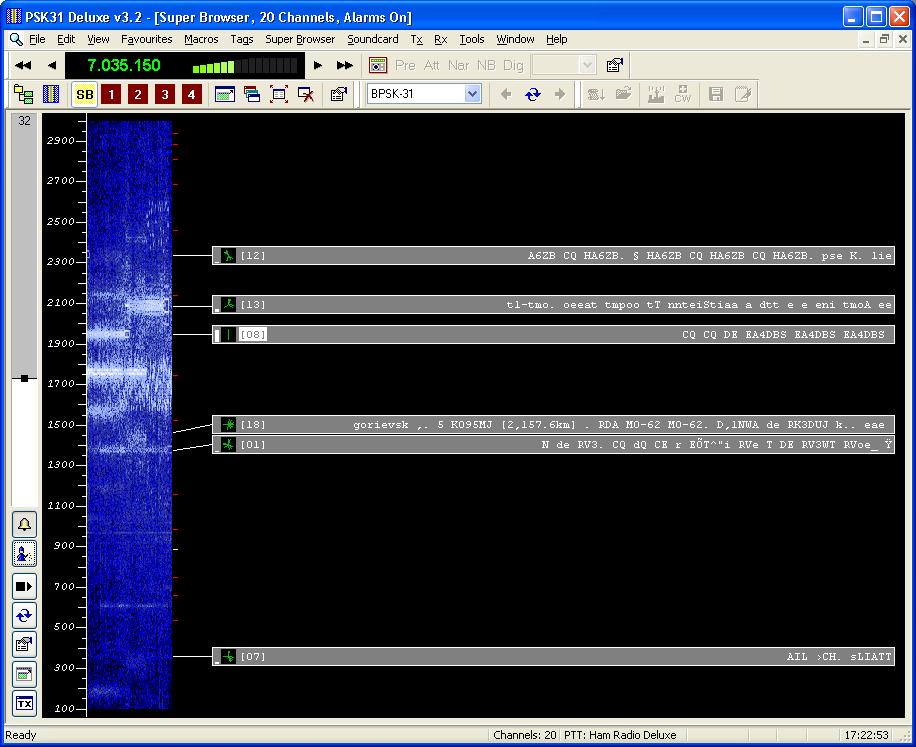
What you have is an area 1 cm in heigth, 8 cm in width and 2 cm in depth.

|
This is the amount of space that the good people from Elecraft has left over when you have a K2 with KPA100 installed.
And if you also have the KDSP option installed (which I'm planning on), you have even less space to add something.
What you have is an area 1 cm in heigth, 8 cm in width and 2 cm in depth. |

 |
The greatest hurdle was to find a 1:1 transformer with a impedance of 600 Ohm and a physical size that made it possible
for the transformer to fit inside the K2. There is one, but with a price of around 100 US$ each I decided to look for
something which was a bit cheaper. Here is the solition: A Ferrite-bead with 10 mm outer diameter and 6 mm inner-diameter
wound with 1 meter of 0.2 mm copper wire as the primary. The secondary is also 1 meter of 0.2 mm copper wire. The transformer
is 1:1, but is definitely not 600 Ohm impedance.
But since my old setup worked, why should this setup not work - so I decided to give it a try. |
 |
After have fiddled a bit with the PCB layout I finally managed to get it to stay with the boundaries that was specified. |
 |
This is what the assembled board looks like viewed from the bottom side. |
 |
This is what the assembled looks like view from the component side. |
 |
The connection to the PC is done using a mini-Din connector, where I have removed the shield, and also made the hole destined for a BNC connector round. |
 |
Here is the fully assembled and installed board. And it works too. |
